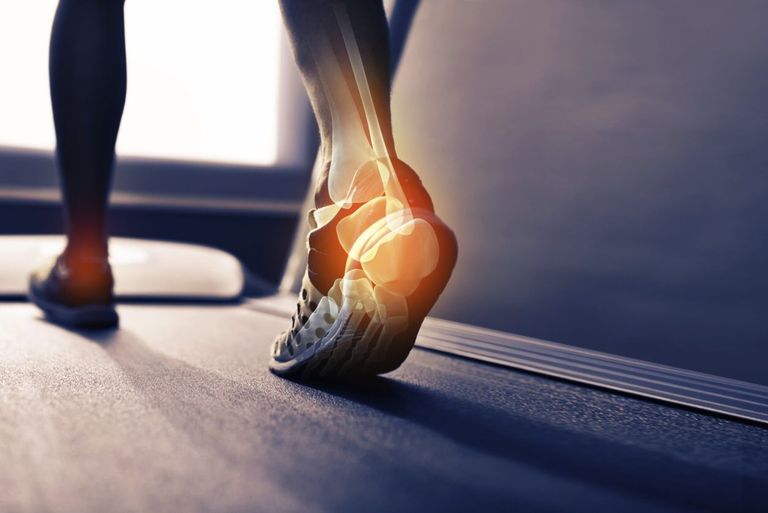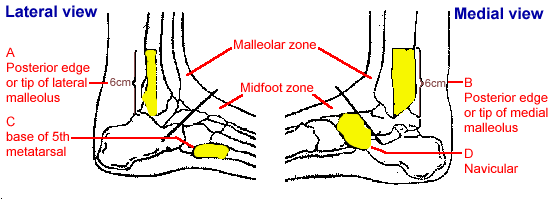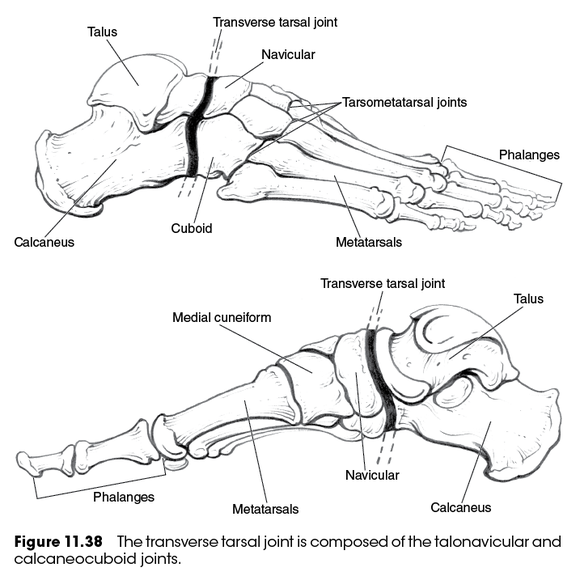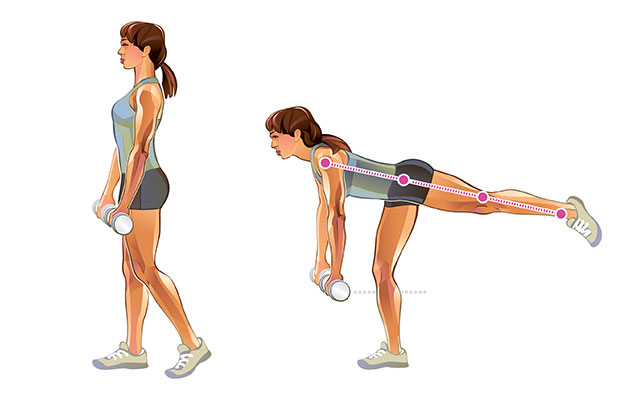 An ankle sprain is one of the most undermanaged injuries that can potentially result in other aches and pains down the road. There are multiple theories on the importance of ankle sprain care, which includes the potential loss of coordination, early arthritis, compensation, and changes in joint mechanics. The reasons may seem complicated with multi-syllabic words, but the treatment is too simple to ignore. If you read my article on “The Secret to Moving Well and Performing like a Professional (Instructions on Foot Care),” I talk about the intricacies of the foot and briefly talk about the talus bone. More on this later.
An ankle sprain is one of the most undermanaged injuries that can potentially result in other aches and pains down the road. There are multiple theories on the importance of ankle sprain care, which includes the potential loss of coordination, early arthritis, compensation, and changes in joint mechanics. The reasons may seem complicated with multi-syllabic words, but the treatment is too simple to ignore. If you read my article on “The Secret to Moving Well and Performing like a Professional (Instructions on Foot Care),” I talk about the intricacies of the foot and briefly talk about the talus bone. More on this later.
Arthritis, the dreaded A-word. The condition of arthritis can be summed up as the lack of muscle control and muscle support. Think driving on the road with bumps that help us recognize when we drift to another lane. A car is designed to handle driving over these bumps, but if you abuse this, and drive over the bumps constantly, then it can wear out the car sooner than later. Now, think if these tiny bumps on the lane divider getting larger and larger as you run over them. Imagine them shouting at you to stop doing this but you still do it anyways. If you keep driving over these bumps, then your car will definitely feel the effects of the rocky driving experience. In this case, the key to change is being aware of your driving habits.
Our joints function similarly to this analogy. The lane divider is your muscle’s capacity to protect you. If you steer off by accident, your joints and ligaments will take over and assist in controlling the “drunk” movement habits. Your joints wear out faster when you have both micro (small) or macro (big) trauma. Your car will run differently over time if you abuse if with bad driving (micro) or if it is in an accident (macro). The accident is the ankle sprain, but since we have a great recovery (body shop) system, we can brush off the effects over time. If we do not address our movement habits and awareness, then our muscles have a hard time staying within the joint “lane”. It is used to bad driving habits and needs retraining. Consequently, our joints wear out faster over time. If you do not train to change, then your body will self-preserve itself by stiffening your muscles so you move less through your joints. Your body may even lay down more bone to strengthen this area in the form of calcium and bone spurs.
When your muscles are uncoordinated, the longer you drag out the training, the harder it will be to relearn how to move properly. The lack of coordination will result in more swaying of your knees, hips, trunk, and even head. This butterfly effect will result in arthritis to these joints because of the same reason. It is not uncommon for me to manage someone’s headache, sciatica, or ACL rehab by incorporating an ankle sprain rehab program, even if the sprain was 10 to 20 years ago.
Enough with the analogy. Here are proven, research-based risk factors to note.
Risk factors of sustaining an ankle sprain:
- History of an ankle sprain.
- Not using proper shoe wear or ankle brace
- Not warming up properly before activity
- Limited ankle range of motion
- Lack of comprehensive balance program when there is a history of an ankle sprain
Before I go into treatment strategies, there is an Ottawa Rule that practitioners use to determine if there is a possibility of a fracture. Touch all the yellow areas from the picture below and if there is pain, then go see a doctor for further care. If you cannot walk immediately after a sprain, then suspect a fracture. A fracture is ruled out by an x-ray. Perform this first before anything else.

Ankle sprain is an injury that can change dramatically within the first day of treatment. There is a theory that says our ankle ligament system is super strong that a twist of the ankle pulls the joint out of alignment. When you restore this alignment, you reduce the swelling, pain and immediate ability to weight bear. There are two primary bones that need to be restored, the talus and the fibula.
 The talus. This is a floating bone within your ankle joint that shifts around when we move. An ankle sprain is so quick and abrupt that it can shift the talus off its axis. You can restore this with a simple flick. Before you perform this, it is important to make sure your heel joint is moving well. The talus and heel joint (Calcaneus bone) fit like a jigsaw puzzle. As the picture shows, the heel dictates how the talus can move and vice versa.
The talus. This is a floating bone within your ankle joint that shifts around when we move. An ankle sprain is so quick and abrupt that it can shift the talus off its axis. You can restore this with a simple flick. Before you perform this, it is important to make sure your heel joint is moving well. The talus and heel joint (Calcaneus bone) fit like a jigsaw puzzle. As the picture shows, the heel dictates how the talus can move and vice versa.
TREATMENTS FOR ANKLE SPRAIN
 Subtalar joint Mobilization:
Subtalar joint Mobilization:
Sit and grab your heel. Gently push your heel down towards the ground. Hold for 60 seconds and then bounce it for 2 minutes. Repeat 2-3 x/day for 1 week.
2. Talus flick: Sit with feet on the ground. Gently turn your ankle inwards without pain. At the inside crease, gently do 5-10 tiny karate chops to the inside ankle crease without pain. Gently turn your ankle outwards without pain and repeat the karate chops. Repeat 2-3 x/day for 1 week.
3. MWM ankle sprain (video link): The fibula joint is the next joint you would want to manage. There should be no pain with this technique. If it does not help to restore ankle motion immediately, the trick is to change the direction of the GENTLE push with the movement.
4. Single leg balance (THE MOST IMPORTANT ONE TO DO!!!): This will ensure long term success. As I state above, this is a risk factor for having another ankle sprain. Stand tall on one leg with and without your eyes closed. Normal is to not sway for 30 seconds with your eyes open and 10 seconds with your eyes closed.
5. Single Leg deadlift . Just like the picture shows. You may start without weights and have your arms in front to assist with the balance. Then progress to one arm to no arms. Hold 15 seconds and repeat for 5-8 times.
. Just like the picture shows. You may start without weights and have your arms in front to assist with the balance. Then progress to one arm to no arms. Hold 15 seconds and repeat for 5-8 times.